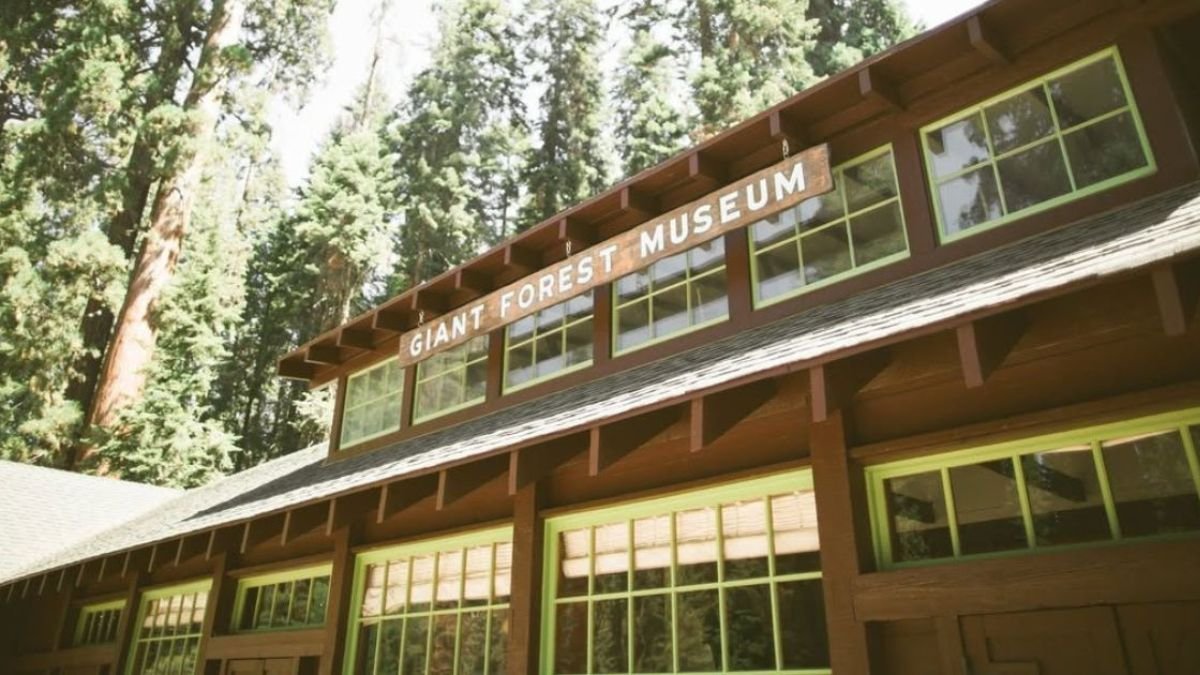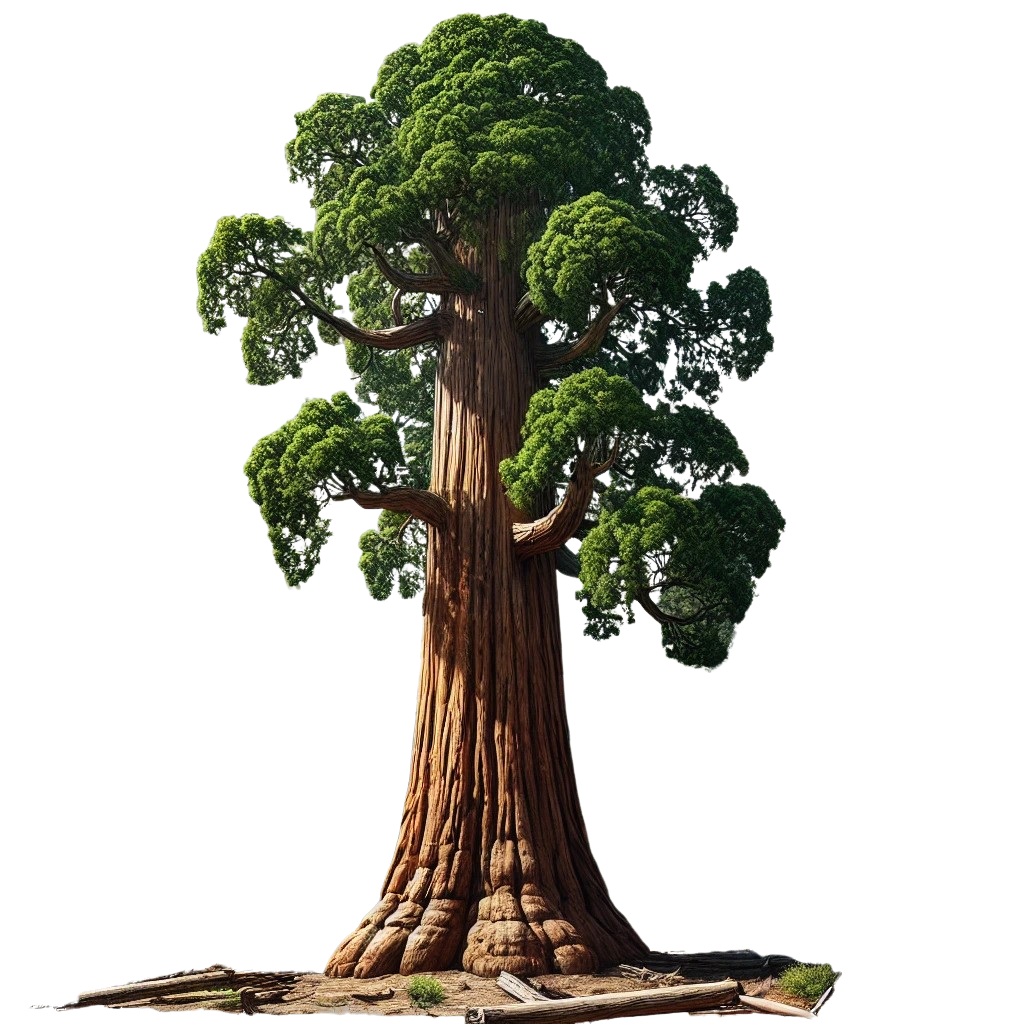If a trip to Sequoia National Park is in your plans, don’t make the mistake of skipping the Giant Forest Museum. It is not just another point on the map. It is the key that unlocks stories, ecology, history, wonder.
Why Stop at Giant Forest Museum First?
When you enter the forest filled with giant sequoias, it is natural to feel amazed without fully understanding what you see. The museum builds a clear base with facts, stories, and displays that help you notice more than just the tall trees. It adds meaning to everything your eyes take in.
The National Park Service suggests visiting the museum first before exploring the grove to learn about its natural history and ecology.
A Hub for Local Guidance
Giant Forest Museum often acts as the main visitor center in this part of the park, especially when other centers stay closed during winter. Visitors can find the latest trail updates, road details, weather reports, maps, and suggestions on popular spots to explore.
A short talk with a ranger can help you discover a peaceful trail, the best time to visit a grove, or get important alerts about snow or fire safety. It’s the perfect place to get fresh, local information that you won’t find in any ordinary guidebook.
History of the Museum
The Giant Forest Museum is housed inside a historic building constructed in 1928. It was originally a market at Giant Forest Village, designed by Gilbert Stanley Underwood, a well-known architect famous for creating rustic park structures.
In 2001, the building was carefully renovated and turned into the visitor center and interpretive museum that stands today. Its log, stone, and timber design allows it to blend beautifully with the surrounding forest. The renovation focused on preserving the building’s original charm while adding modern exhibits.
Outside, the atmosphere feels calm and natural. Tall sequoias surround the structure, and several walking trails begin nearby. A stone patio offers a perfect spot to pause, breathe deeply, and take in the forest views. Many visitors describe stepping out of the museum into the forest air as a truly magical moment.
Location & Access
- Address (Street/General): 47050 Generals Highway, Three Rivers, California 93271
- Park entrance relation: It lies about one hour north of Ash Mountain entrance, along Generals Highway.
- Within the park: It is in the Giant Forest area, the heart of giant sequoia country in Sequoia National Park.
- Access & parking: There is a parking area just across the road from the museum. In peak season, shuttle buses often stop here to reduce congestion.
Because the forest roads sometimes close in winter or require chains, always check road status before heading in.
Opening Hours
- During summer months: 9:00 a.m. to 6:00 p.m. daily
- In winter: 9:00 a.m. to 4:30 p.m.
The Giant Forest Museum is open year-round, except in case of weather, emergency, or operational closures.
Note: Exact times may vary, so checking the park’s latest bulletins or calling ahead is always wise.
Cost / Fee
There is no extra charge to visit the exhibits inside the museum itself. It is regarded as free (no additional fee).
But Note: you must have paid or valid park entrance fee to enter Sequoia National Park, which covers all visitor centers, roads, trails during that stay.
What You’ll See Inside
Though the museum covers only about 1,500 square feet, it is full of exhibits that blend science, history, and natural beauty. Every section encourages you to explore and learn in a fun, interactive way.
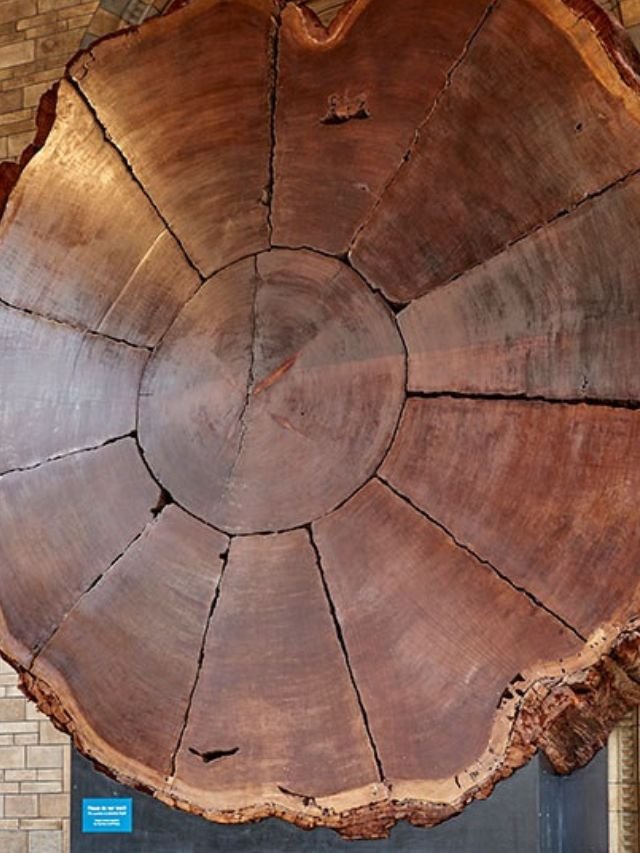
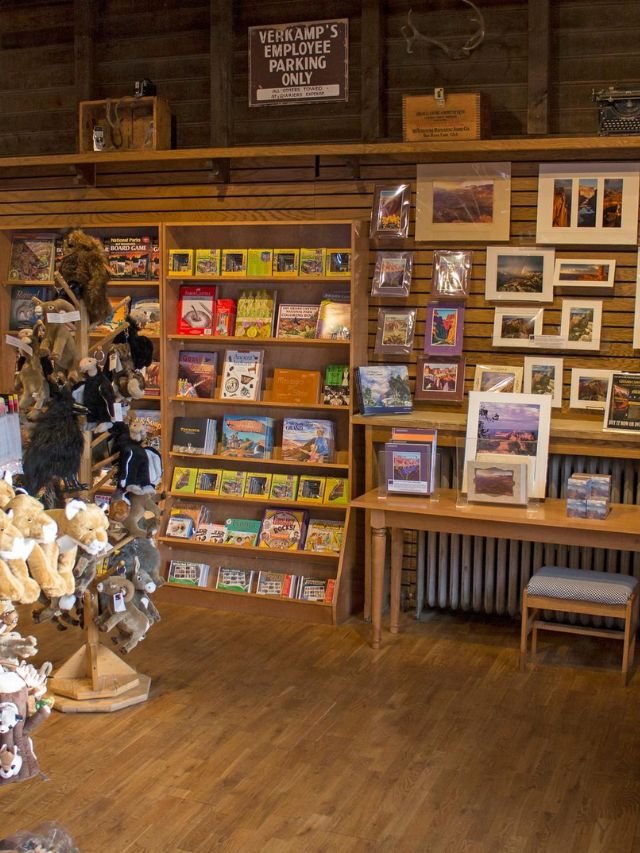
1. The Sequoia Life Cycle Exhibit
Begin your visit at the sequoia life cycle area. A large wall display shows how these trees start as tiny seeds smaller than oats and grow into giants over 300 feet tall.
Interactive touchscreens let you “grow” a digital tree, showing how sequoias can live for over 3,000 years. You can even touch a real sequoia cone, roughly the size of a pineapple, and feel its rough wooden texture.
Signs explain how fire helps these cones open and release seeds, a survival skill perfected over thousands of years.
2. Fire Ecology Zone
Next, explore the fire ecology section that teaches how fire helps forests stay healthy. Digital screens show how park rangers use controlled burns to encourage new plant growth. With a single press of a button, you can hear the crackling of fire while models display seedlings sprouting from the soil.
A colorful diorama of Round Meadow glows with tiny lights representing fireflies. It highlights frogs, butterflies, and ferns thriving in the area, showing how fire supports life instead of destroying it.
3. Human History and Conservation Gallery
The human history section adds emotion to your visit. Old black-and-white photographs show loggers of the 1800s standing beside fallen sequoias. Rusted saws and other artifacts remind visitors of the struggle to protect these trees.
Inspiring quotes by John Muir decorate the walls, such as “These trees stir feelings words can’t touch.”
A detailed timeline shows important moments like the park’s creation in 1890 and the museum’s opening in 2001. Visitors can also touch a life-sized replica of Hale Tharp’s cabin, feeling the grooves of his wooden walls that once stood among the sequoias.
4. Interactive Learning for All Ages
Children enjoy the “Build a Tree” area, where they stack wooden blocks to learn about sequoia bark layers. Each layer protects the tree against fire and insects.
Adults often gather around the glowing topographic map that marks famous trails like Congress Trail and Moro Rock with tiny LED lights. A small theater seats around 20 visitors and plays short wildlife films showing black bears searching for food and hawks flying over the forest.
Every exhibit connects to the world outside, inspiring you to look closely at trees, bark, and wildlife once you step outdoors.
5. Gift Shop and Visitor Amenities
The Giant Forest Museum also includes a small gift shop filled with local treasures. Visitors can find
- Sequoia Guidebooks between $10 and $20,
- Maps for $5, and
- Postcards for $1.
- Backpackers often pick up bear-proof food containers for $15.
A free water refill station promotes eco-friendly travel, and clean restrooms make the stop comfortable for all. Most guests spend 45 minutes to two hours exploring the museum, and many say each exhibit makes them more excited to walk through the forest. As one visitor shared, “It’s science turned into play, sparking wonder for all.”
Programs and Ranger-Led Experiences
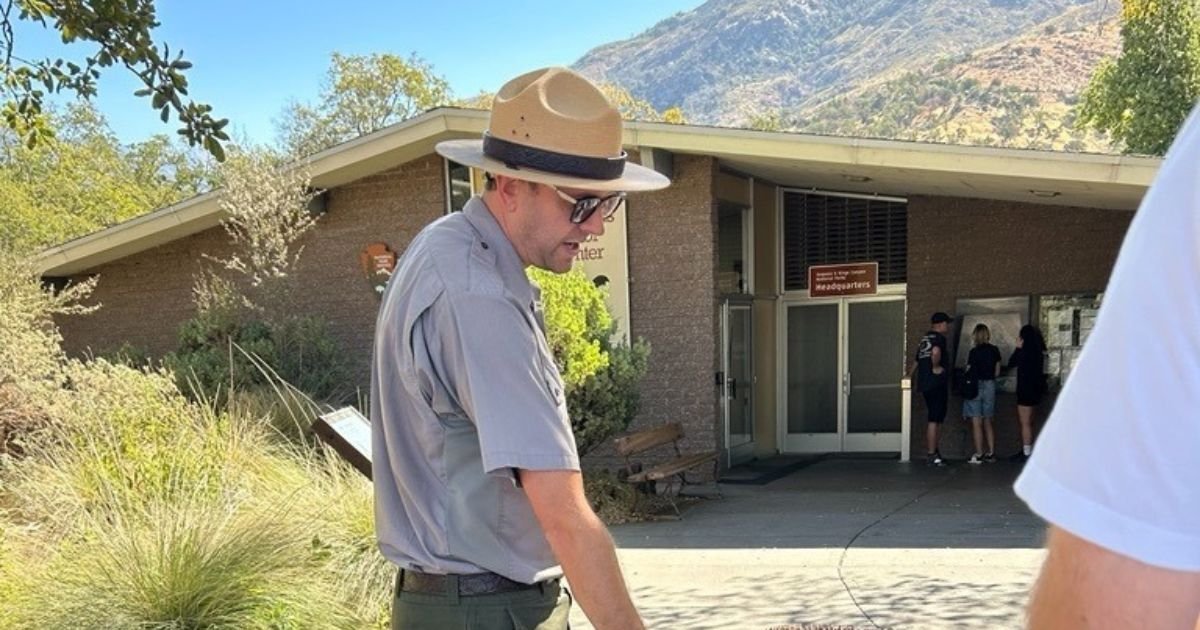
1. Daily Ranger Talks
Each day, park rangers host short “Sequoia Secrets” sessions on the plaza outside the museum.
These 30-minute talks explain how sequoias survive through unique bark structures and cone cycles. Rangers speak with great passion and answer questions about the forest’s wildlife, trees, and climate. Their friendly storytelling makes learning feel personal and fun.
2. Guided Walks and Storytelling Evenings
In summer, rangers lead guided walks like the Big Trees Trail Loop. This one-hour activity includes bark-touching exercises and quiet moments under towering trees. During evenings, visitors can join Sunset Storytelling Circles, where stories of the Mono and Yokuts people are shared. These sessions celebrate ancient connections between nature and local tribes and often leave visitors deeply moved.
3. Seasonal Programs and Helpful Tips
Most ranger programs are free, but space is limited, so visitors are advised to check the schedule at the front desk. In winter, the programs move indoors with wildlife talks held in cozy spaces while snow falls outside. One family recalled how a ranger imitated owl calls during a walk, turning a normal evening into a magical one.
Rangers also offer trail advice and distribute free maps covering more than 20 scenic routes. For those planning overnight trips, wilderness permits are available at the museum desk. These helpful touches make each visit more meaningful and well-prepared.
Trails & Walks Right Out the Door
One of the best advantages: trails begin right at the museum. After you soak in the indoor lessons, step out and let the forest itself teach.
Big Trees Trail / Round Meadow Loop
Big Trees Trail, also known as the Round Meadow Loop, is an easy and educational paved trail about 1.6 miles long. It circles around Round Meadow and passes by several giant sequoias. Along the way, you’ll find informative signs that reflect what you’ve learned inside the museum. It’s perfect for a peaceful walk and suitable for visitors of all ages.
Nearby Trails
- Beetle Rock / Sunset Rock: Granite domes near the museum that offer views of the forest and a change of scenery from dense trees.
- General Sherman Tree Trail: Head out toward the largest tree in existence. The hike is about one mile from appropriate trailheads.
- Congress Loop: A roughly 2-mile loop that explores more sequoias, including some of the tallest and most magnificent specimens.
Why This Little Stop Is Essential
Skipping the Giant Forest Museum is a choice to experience the forest only superficially. With context, you’ll recognize the scars, cycles, interactions. You’ll see history and climate story not in a textbook but in bark, cones, seedlings, soil. Museums like this transform wanderers into interpreters.
Many visitors say it is small but dense with insight. Some reviewers note it is “worth a stop.”
Because it sometimes hosts ranger talks or becomes the default visitor center in low season, its value rises when other spots are closed.
